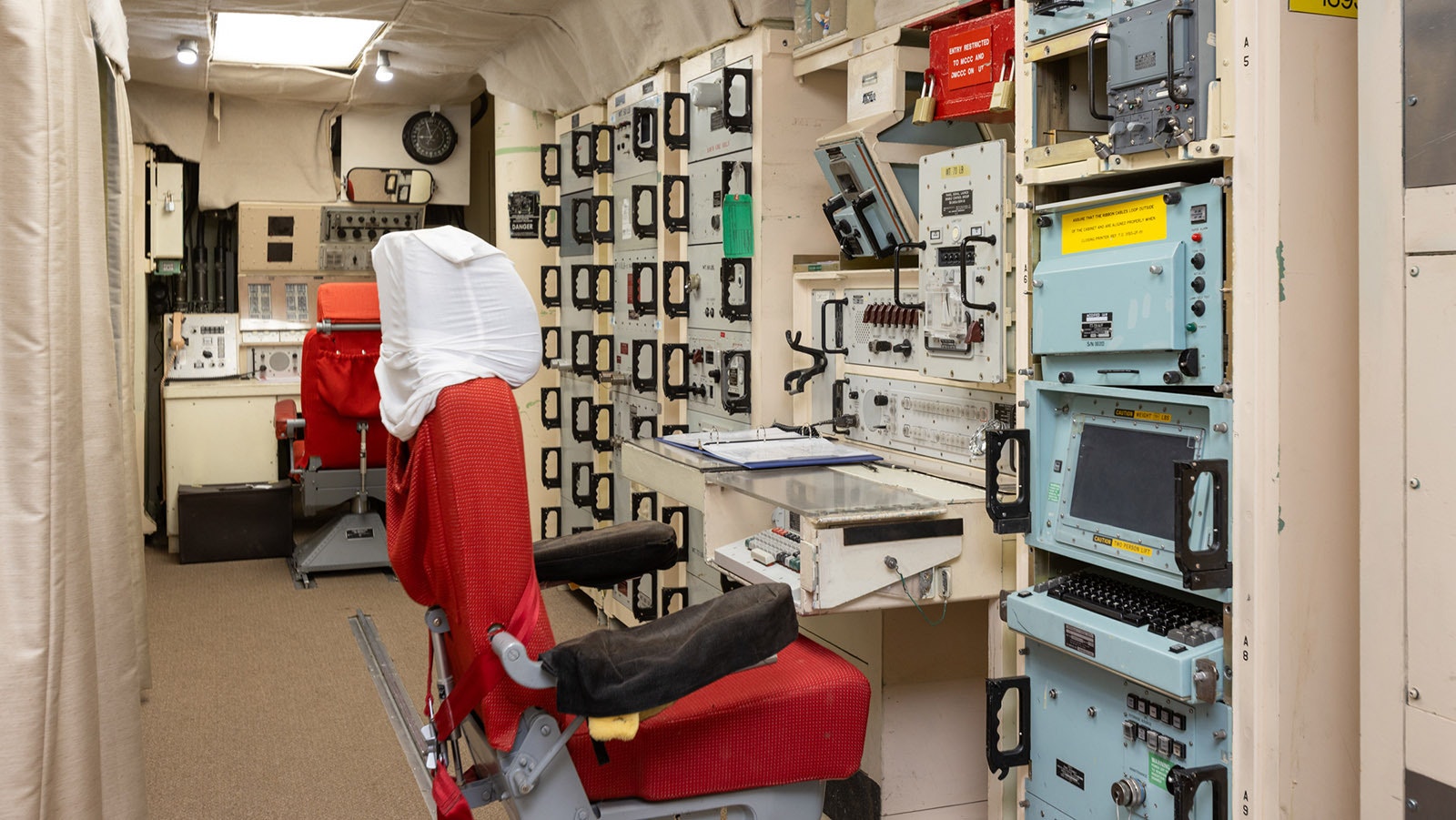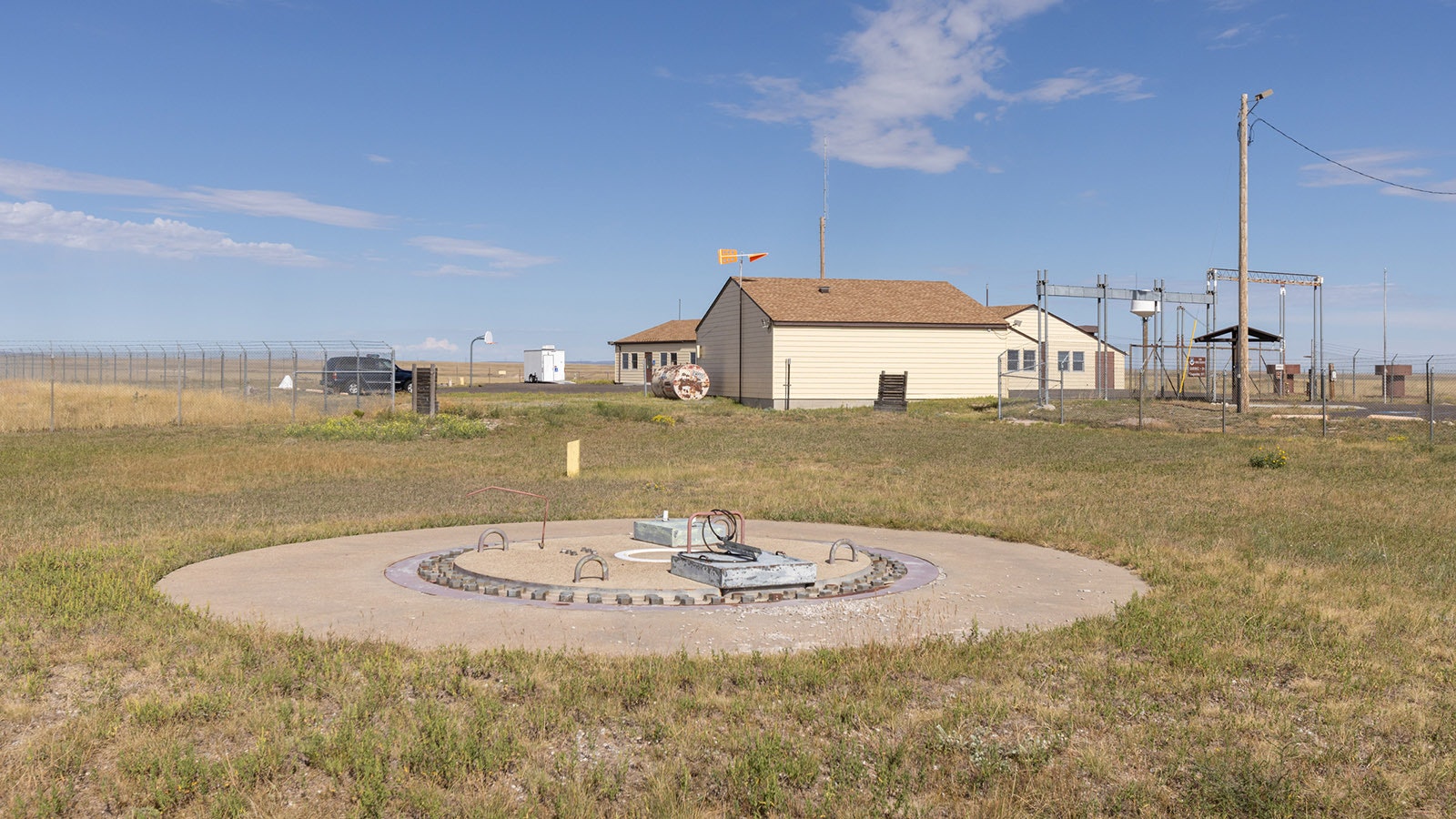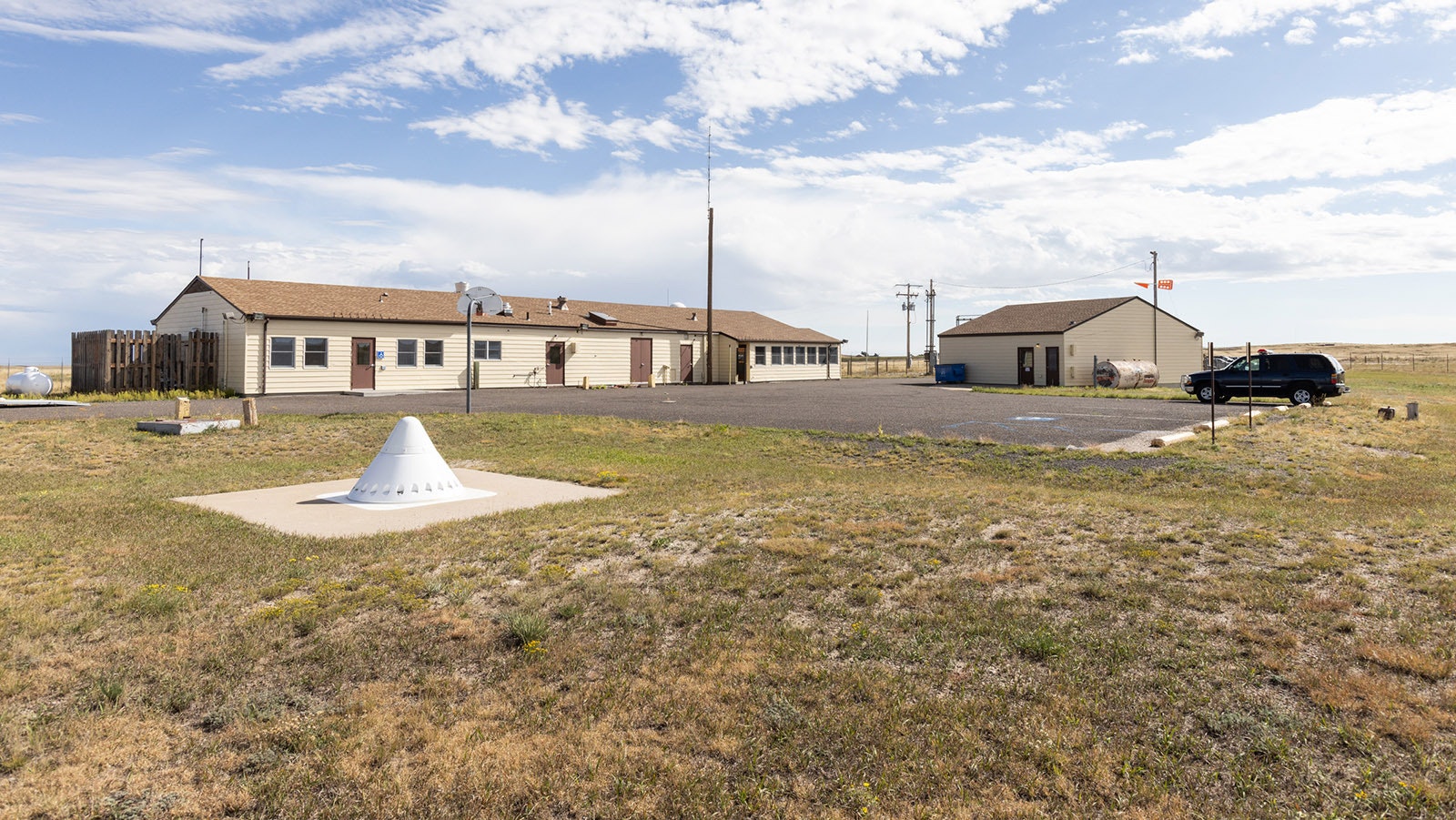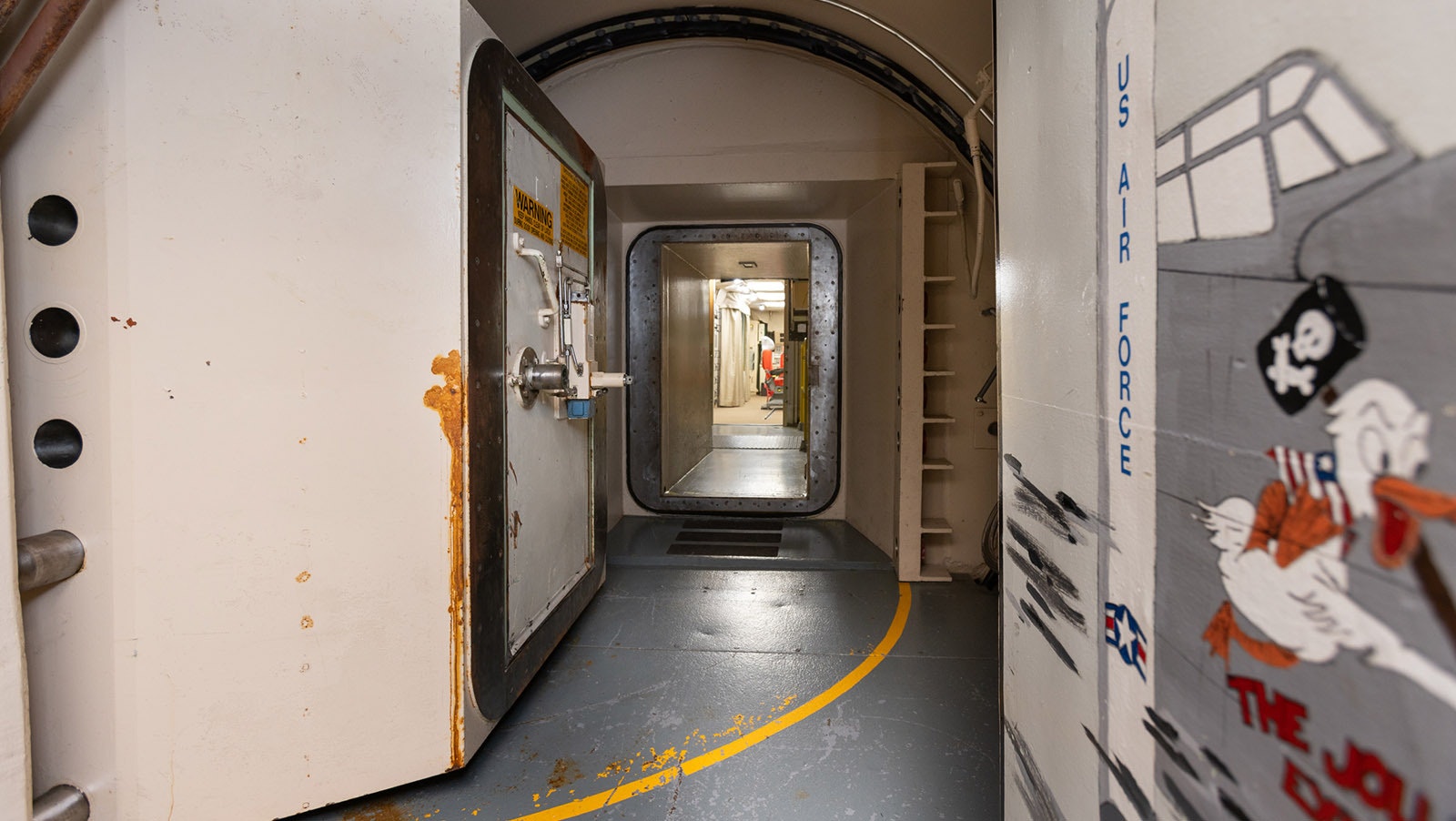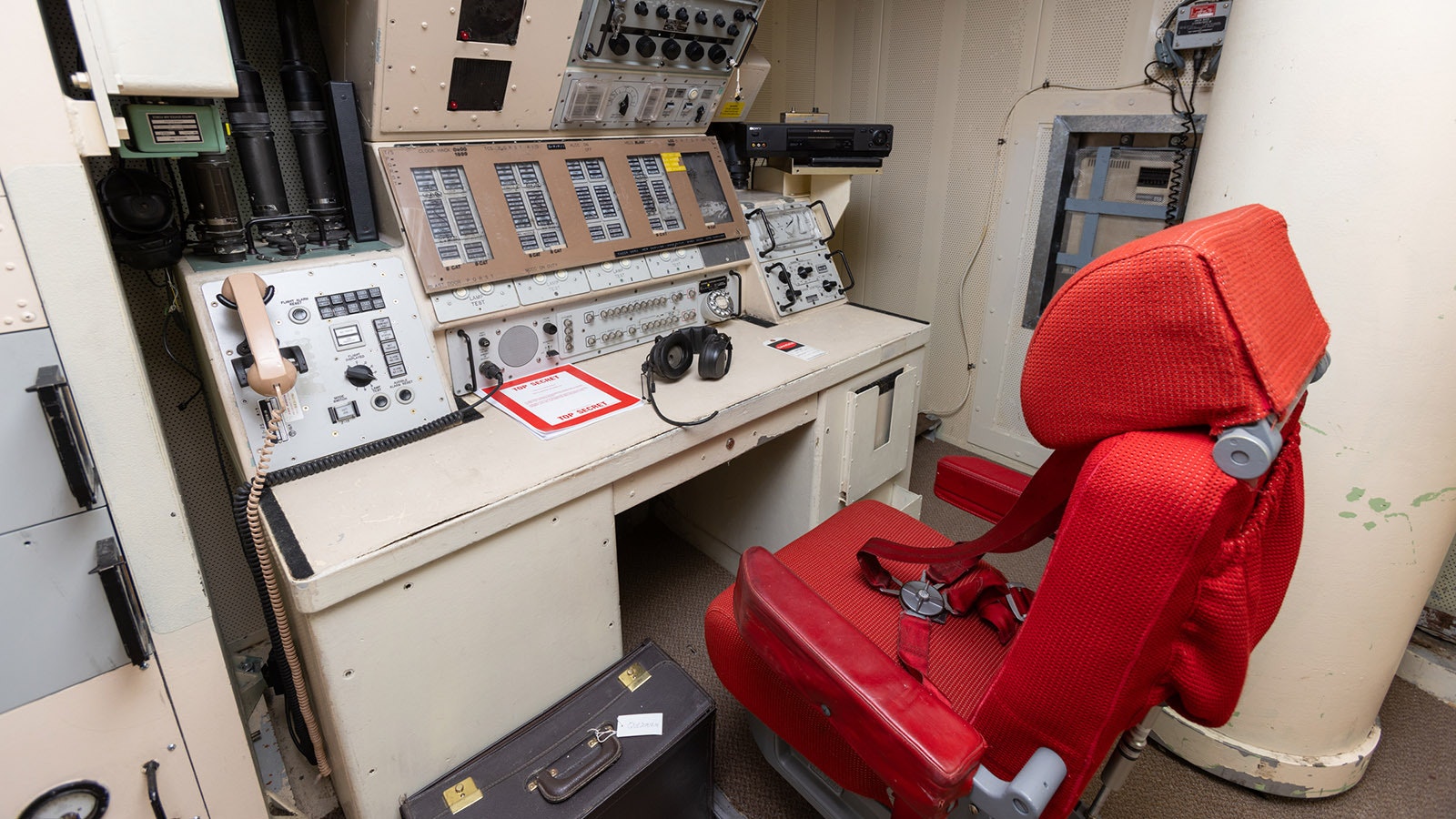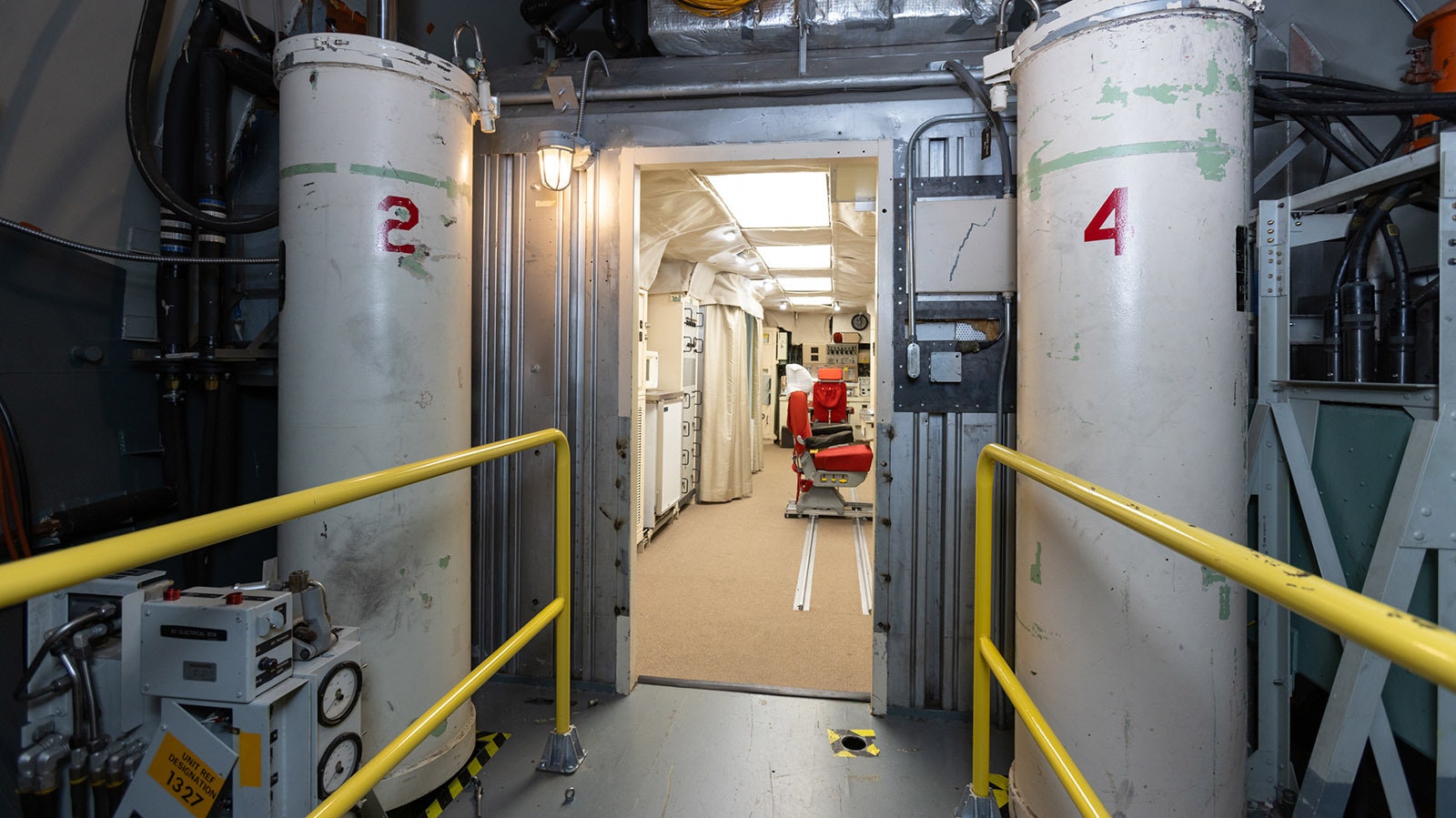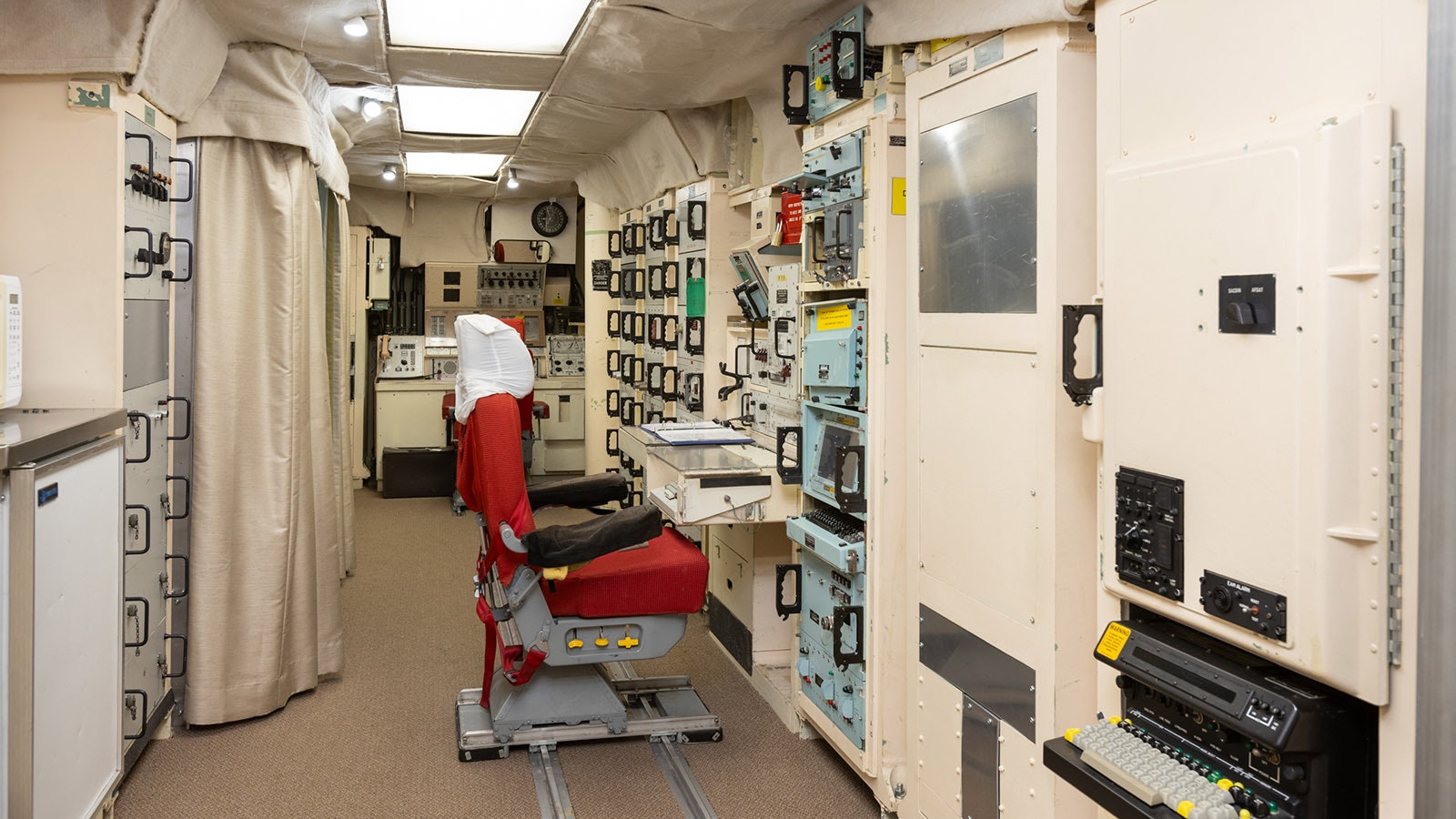Before he was wing commander at F.E. Warren Air Force Base in Cheyenne, retired Col. Tucker Fagan was among the missileers who served during the Cold War in the control launch centers buried 50 feet underground in concrete bunkers.
The missileers’ job was to be ready to launch nuclear missiles at the Soviet Union if America’s defense systems detected a nuclear strike coming toward the U.S.
Being in charge of mankind’s most powerful and destructive weapons system ever devised — one that would have assured mutual destruction of all parties involved — doesn’t seem to cause a lot of stress for Fagan.
“I didn’t have any sleepless nights or anything like that. I just said, ‘This is what my job is. This is what I’ll do. You can count on me. I do what’s right every day,’” Fagan told Cowboy State Daily.
Two Keys
These missile silos were built in the 1960s, and many of them are still in operation today, including some around Cheyenne.
Two missileers — a missile crew commander and a deputy crew commander — “pulled alert”, as they called it, inside bunkers underground.
The door to the bunker is more than a foot thick, and it's made of steel and concrete. Should the worst happen, the door would be sealed shut with steel bars. There is an air filtration system, water tank, generator, and sewage system.
On the other side of the bunker is the launch command center where the targeting systems, communications equipment and launch mechanisms exist. In order to reduce the chance of sabotage or tampering, no missileer is allowed to be inside the control room. A missileer can face a court martial should he or she be found in the control room alone.
Each missileer has a key to launch. In the event of a nuclear strike heading toward the U.S., communications from above would go through all the proper channels. Today, that would include President Joe Biden.
Once all the threats were confirmed and an authorization to launch was made, it would filter down through the chain of command to the missileers. The missileers would then go through procedures they trained for, including the authentication of launch codes, and then they would insert their keys. Both keys have to be turned at the same timein order for the missile to leave the silo.
Now What?
At that point, their job would be done. Well, except for the world coming to an end. Nuclear bombs would be heading toward the U.S., and millions, or possibly billions, would die, including the missileers’ families.
The concrete bunker is built upon shock absorbers, so that if the bombs fell over head, the shock absorbers would take up enough of the energy of the blast wave coming through the ground to protect the equipment inside.
There was an escape hatch for the missileers to get to the surface, but it was determined to be a security risk. So, the military filled it with sand. They called it the deputy killer, because it was the deputy’s job to open the hatch, which would send the sand pouring into the bunker.
Some sites in North Dakota are so deep that there is more sand in the escape tunnel than there was space in the command center to hold it. The missileers would have to dig out whatever sand remained.
No Survival Manual
The two missileers would have four to six weeks to complete that task before running out of air and water.
And they would likely take their time, as it would give some time for some of the radiation from the nuclear blasts to spread out. However, they would still likely die if they were exposed.
Interestingly, none of the missileers’ training included any information about what to do after they manage to dig themselves out.
Exactly what the world would be like is a matter of speculation, but there were no manuals on the best means to deal with mutated giant radiation scorpions, as depicted in the Fallout video games, or the roving bands of biker gangs in the lawless nuclear landscape, as shown in the Mad Max movies.
“They just said try to make it back to base,” Fagan said with a shrug.
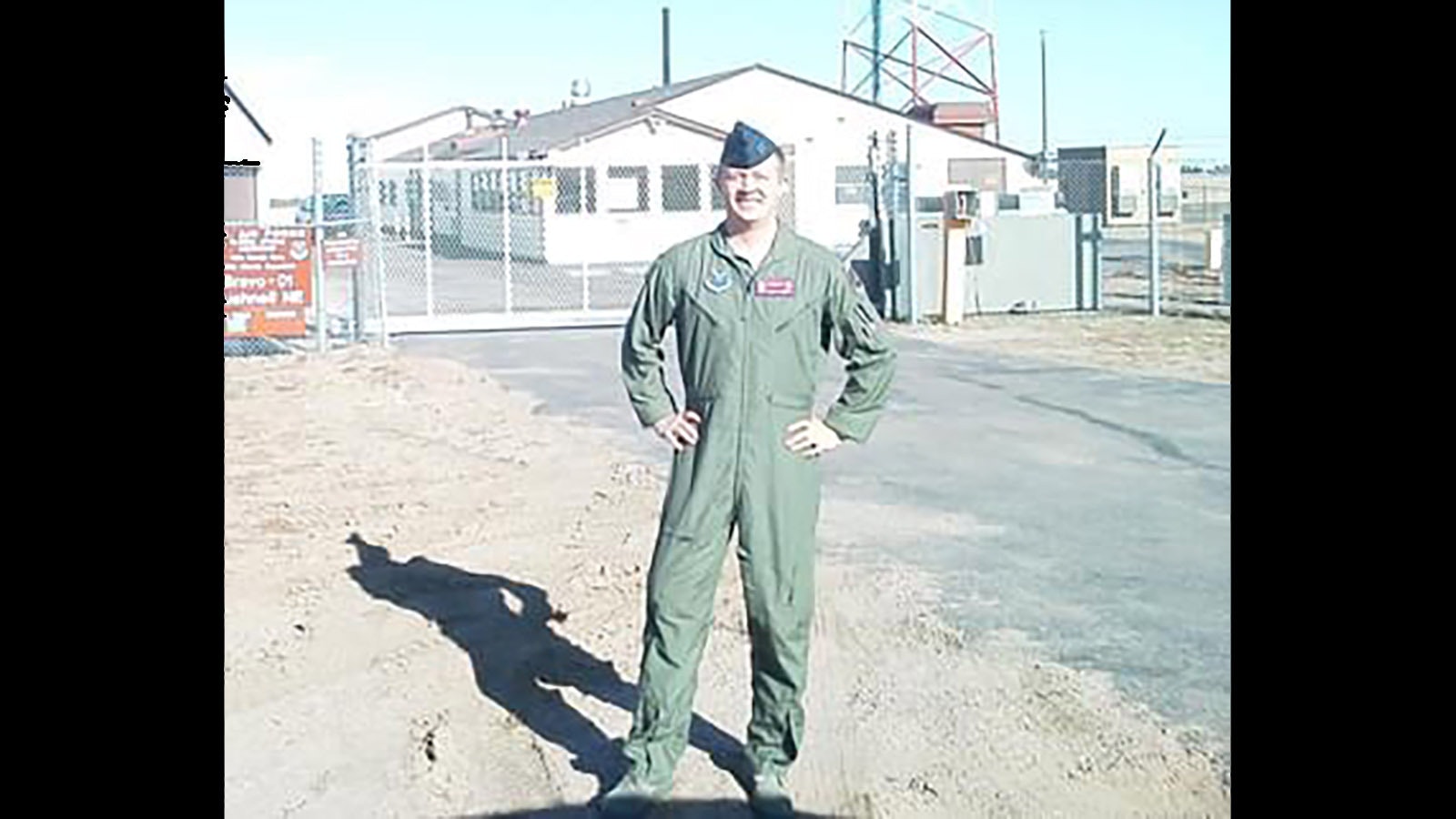
An Honor
Wyoming State Sen. Brian Boner also served as a missileer at the missile wings of F.E. Warren from about 2007 to 2013. He was instrumental in getting the bills passed that allowed the State of Wyoming to take over one of the decommissioned silos from the federal government — the Quebec 01 Missile Alert Facility north of Cheyenne — which was opened as a state historical site in 2019.
After the Sept. 11, 2001, terrorist attacks, Boner had wanted to join the Air Force and fly jets. The Air Force decided he didn’t have the peripheral vision a jet pilot needed.
“So they ended up putting me in a hole in the ground in my home state,” Boner told Cowboy State Daily.
He said it was a “tremendous” experience, and he was handed a lot of responsibility as a junior airman.
“It was an honor even though it wasn’t exactly what I had in mind,” Boner said.
Long Shift
Boner said that on the days he “pulled alert,” he arrived at F.E. Warren with several other missileers. There was a routine to go through before they headed out to the alert facility, including calls to the missileers they were relieving.
There would be an hour or two of pre-departure briefings that went over everything going on at the facility.
“Sometimes you’re carrying out some pretty sensitive information,” Boner said.
Upon arrival at the facility, they had to give the proper passcode to the facility security before they’d be let through the gate.
Then, the missileers would go through more briefings with the facility manager. After that, the missileers would descend the elevator down into the bunker, where they’d do their inspections of the equipment and inventory of classified materials.
They’d take custody of the authentication materials and the launch keys, which is the official transfer of command.
“It’s 24 hours from that point. So, it was around 36 hours total,” Boner said.
In Fagan’s day, they didn’t even have a television down there. Now they can have a television.
“You were not allowed anything electronic,” he said, and so he did a whole lot of reading during his time “pulling alerts”.
There is a bed for one missileer to take a nap if he or she wanted, but otherwise, it’s a lot of boredom.
No Survival
By the time Boner was “pulling alerts”, the question of what to do after the bombs fell was no longer important because survival wasn’t likely. The nuclear yields were so high that even the bunker wouldn’t save you.
“Those capsules were built in the early 1960s to withstand a nuclear attack at the time. The Soviets upgraded their missiles so that they were more accurate, at which point the hardened, buried metal inside was no longer survivable,” Boner said.
There’s a handy tool to test out if Boner would have survived a nuclear blast while “pulling alert”.
Alex Wellerstein, a historian of science and nuclear technology, created a website where anyone could determine the effects of a nuclear blast anywhere in the world.
Assuming a direct hit by a 200 kiloton warhead on the Quebec 01 site, which would be one of the three warheads on a SS-27 Mod 2 Russian intercontinental ballistic missile, the crater would be approximately 367 feet deep.
This would, of course, vaporize Boner and everyone at the facility, including the facility chef, who served the crews’ meals. According to the simulator, 10 people, mostly ranchers living in the area, would also die instantly.
The fireball would be nearly a half-mile wide, and the blast radius would be over three miles wide.
The radiation radius, which is the zone where death is assured from radiation sickness within a month, would be over a mile wide. The thermal radiation radius, which is the zone where the radiation burns a person’s skin off, is about three miles wide.
With light winds going southwest to northeast, the fallout corridor of 100 rads per hour, which would cause nausea, vomiting or diarrhea in everyone hit by it, would extend past Torrington.
The entire fallout corridor would go all the way to South Dakota. And that’s just one of the three warheads on one Soviet missile.
Deterrents
Like Fagan, Boner said he didn’t give much thought to what would happen if he had to turn that key.
“There’s a certain amount of trust. … I’d known that missile field, and even F.E. Warren Air Force Base, is one of the targets. Absolutely, I’m going to protect my capital city,” Boner said.
Though, with the missileers the goal of being on alert and committed, without question, to launching those missiles, is to ensure they’ll never have to.
For these officers, knowing that the American missileers will do that duty meant the Russians wouldn’t do anything stupid.
“The mission is not to try to destroy Russia. The real mission is to deter any crazy behavior,” Fagan said.
Boner said the option of a full-scale conventional war between superpowers has largely fallen away. When both sides’ conflicts exist with mutually assured destruction should things escalate to nuclear war, they avoid things getting out of hand.
“It's overall been a huge benefit for our world, because we see a lot more stability between super powers,” Boner said.
Keeping The Peace
Non-proliferation agreements have led to a significant deescalation in the amount of nuclear weapons in the world, but there are still missileers throughout the American West “pulling alerts” today.
Missileers are officers with the courage to do their duty, even if it means annihilation. With that unwavering stand, they’ve kept the peace in a world full of weapons that can vaporize entire cities.
Since the 1960s, missileers have been pulling shifts underground, prepared to launch nuclear missiles in the event of an attack against the U.S.

